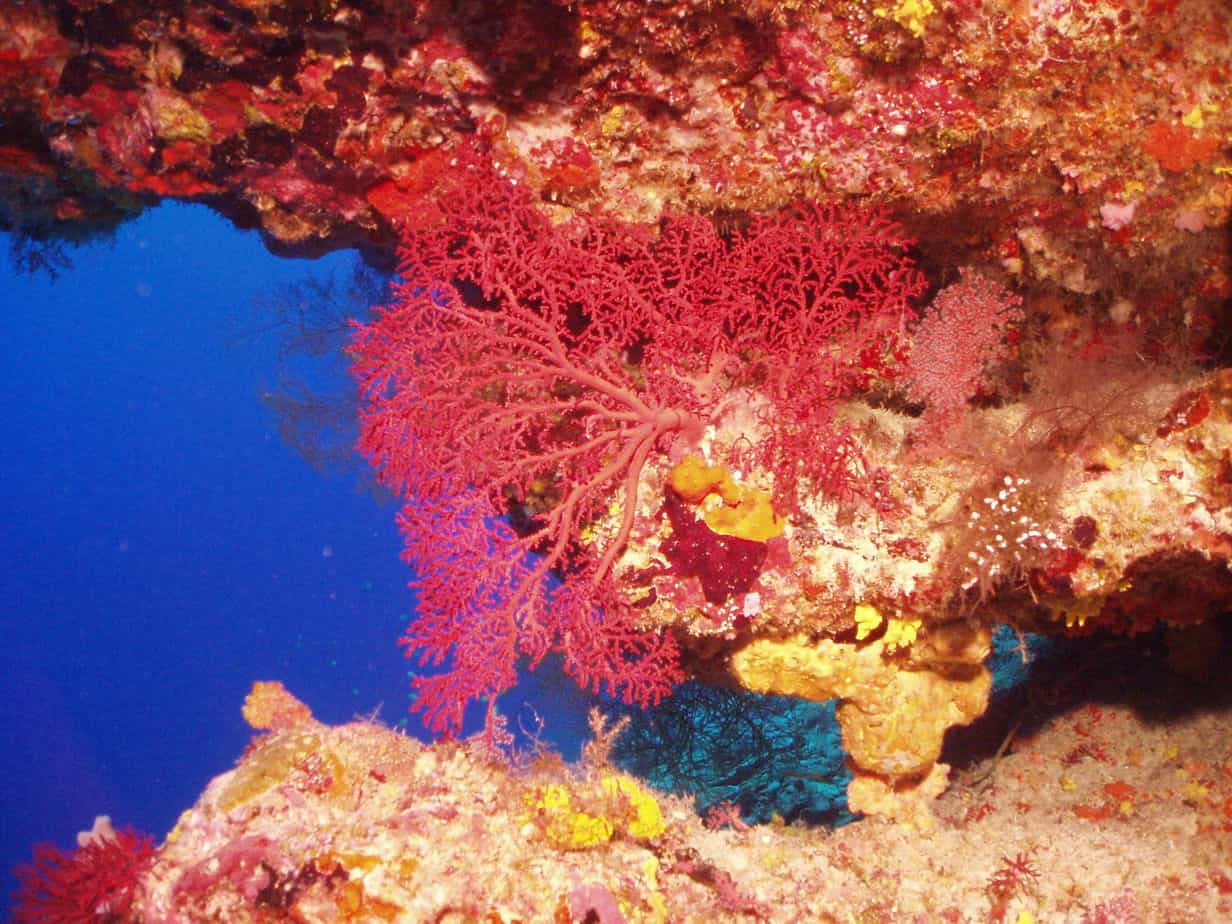The island shores run red with blood,
As vermin stalk and kill their prey;
A grisly, feather-strewn display,
As flights are culled with deathly thud.
But waste breathes life into the clay,
So nutrients drain from the mud
As vermin stalk and kill their prey;
The island shores run red with blood.
The coral bleach and then decay,
Submerged beneath a barren flood;
The only way they can re-bud
Is if the rats become the prey.
The island shores run red with blood.

This is a Rondel, inspired by recent research that has found invasive predators such as rats can have a detrimental effect on the coral reefs of tropical islands.
Seabirds are crucial to tropical islands because their guano (or bird droppings) are rich in nutrients, such as nitrogen and phosphorus. As such, the decimation of these seabirds by invasive predators such as rats (which have largely destroyed seabird populations across 90% of the world’s temperate and tropical island groups) can also have a large effect on the soil and plant and animal species both on and off the islands.
By studying a group of 12 islands (part of the Chagos Archipelago) in the Indian Ocean, researchers have been able to study the effect that rats have had on the surrounding coral. By happenchance, six of these islands are infested with rats (thought to have been brought to the islands on ships at the end of the eighteenth century) and six are not, thereby creating the perfect conditions for experimental comparison. By examining soil samples, algae, fish, and coral close to the six rat-free and six rat-infested islands, these researchers uncovered evidence of severe ecological harm caused by the rats. The results of this study indicate that getting rid of the rats would enhance coral reef productivity around these islands, by restoring seabird-derived nutrients.